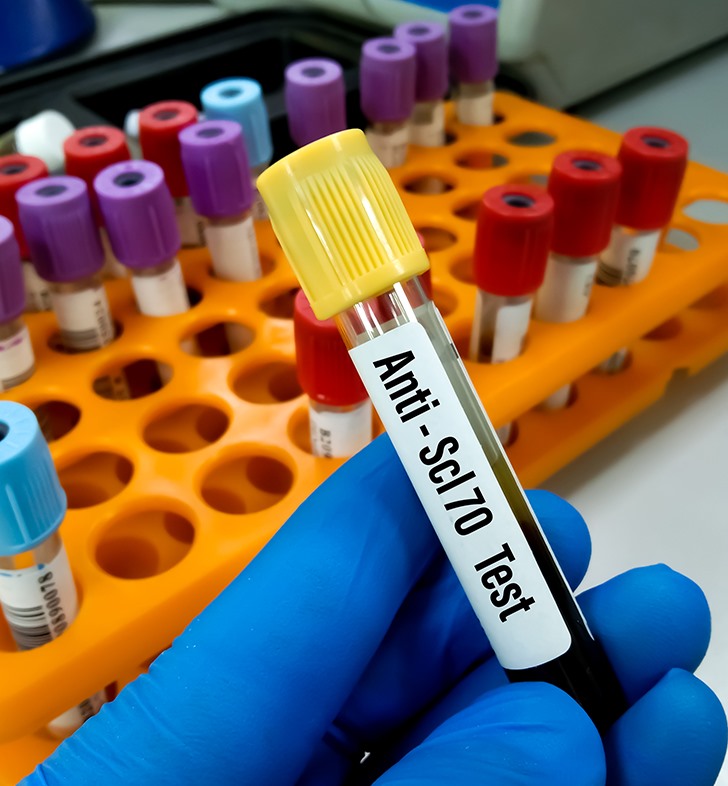
Autoimmune Neutropenia
Who does autoimmune neutropenia
(AIN) affect?
Primary autoimmune neutropenia
mainly affects infants and young children. On average, it’s diagnosed around
eight months old. Secondary autoimmune neutropenia is often due to another
autoimmune disease, like lupus or rheumatoid arthritis. Most children with
secondary AIN are diagnosed around age 10 (on average). Most adults diagnosed
with secondary AIN are between the ages of 40 and 60.
How common is autoimmune
neutropenia?
Primary autoimmune neutropenia is
rare, occurring in about 1 out of 100,000 children under 10.
What are the symptoms of autoimmune
neutropenia?
Autoimmune neutropenia doesn’t
always cause noticeable symptoms. Or, you may notice signs of an infection,
including:
Ear infections (most common).
Respiratory infections (most
common).
Mouth infections (ulcers,
gingivitis).
Skin infections.
Pneumonia.
Meningitis.
Urinary tract infections (UTIs).
Sepsis.
Infections associated with primary
AIN are usually mild. More serious infections, like pneumonia, meningitis and
sepsis, are more commonly associated with secondary AIN than primary AIN.
What causes autoimmune neutropenia?
AIN is classified as primary or secondary
based on what’s causing low neutrophil levels.
Primary autoimmune neutropenia
With primary AIN, antibodies target
and destroy neutrophils. Antibodies are proteins in your immune system that
destroy harmful bodily invaders, like viruses and bacteria. Researchers aren’t
sure what causes your body’s antibodies to attack neutrophils.
Secondary autoimmune neutropenia
The low neutrophil count associated
with secondary AIN results from another cause or condition that prompts your
immune system to destroy neutrophils.
Causes may include:
Autoimmune diseases (rheumatoid
arthritis, lupus, autoimmune hemolytic anemia).
Cancer (large granular lymphocyte
leukemia).
Infections (HIV, Parvovirus,
hepatitis B).
Tumors (Wilms tumor, Hodgkin’s
disease).
Neurological diseases (multiple
sclerosis).
Kidney or bone marrow transplants.
Medications, including specific
chemotherapy drugs.
How is autoimmune neutropenia
diagnosed?
Your healthcare provider may notice
your low neutrophil levels during blood work to investigate potential causes of
an infection or a fever. Diagnosing AIN can be tricky since it has multiple
causes. Your provider may arrive at a diagnosis after ruling out other
conditions that may be causing your low neutrophil levels.
Your healthcare provider may perform
the following tests to diagnose or monitor autoimmune neutropenia.
Complete blood count (CBC): A CBC
shows the number of neutrophils in your blood. These levels can shift. To
confirm your neutropenia, your provider will likely perform more than one CBC
to check for consistently low neutrophil levels. Frequent CBCs can show whether
your AIN is chronic.
Peripheral smear: Looking at your
blood under a microscope can assess neutrophil morphology and help point
towards a diagnosis
Vitamin B12, folate and copper
tests: These tests can reveal deficiencies associated with neutropenia. Your
body requires these to make neutrophils.
Liver function tests: Your provider
may evaluate your liver function and screen you for viral hepatitis.
HIV and other viral studies: HIV and
other viral infections may cause low white counts and therefore can be a part
of the initial workup
Flow cytometry: Flow cytometry is a
lab test that allows your provider to examine cells for signs of disease. It
may be used to determine if an autoimmune condition is causing your
neutropenia.
Imaging: You may receive an MRI or a
CT scan if your provider suspects that lymphoma may be causing your AIN.
Bone marrow aspiration and biopsy:
During a bone marrow aspiration and biopsy, your provider removes a small
sample of bone marrow to test for signs of disease. These procedures can show
if your neutropenia is related to blood cancer, like leukemia.
Your provider may order a blood test
to check for signs of antibodies in your blood that are attacking your
neutrophils. The most common tests are I-GIFT and GAT:
Indirect granulocyte
immunofluorescence test (I-GIFT).
Granulocyte agglutination test
(GAT).
Unfortunately, these tests aren’t
always reliable for diagnosing AIN. Depending on what’s causing your
neutropenia and the timing of your test, these tests may not detect the
antibodies or produce false-positive results. A false-positive means that the
test detected the antibodies when they aren’t present.
Your healthcare provider may order
additional tests if they suspect a specific condition is causing your
neutropenia.
How is autoimmune neutropenia treated?
Treatment depends on how severe your
condition is. For instance, asymptomatic infants with neutropenia may need more
frequent CBCs to monitor their neutrophil levels, but they may not need
immediate treatments. Your provider may prescribe prophylactic antibiotics if
your child is getting frequent infections. While antibiotics treat infections,
prophylactic antibiotics prevent them.
With secondary AIN, your provider
will treat the underlying condition causing your low neutrophil count to
prevent infections. They may also prescribe:
Granulocyte colony-stimulating
factor (G-CSF): G-CSF is the primary treatment for more severe forms of
neutropenia. It spurs your body to make more neutrophils. G-CSF can also
prevent frequent infections associated with primary AIN.
Corticosteroids: Corticosteroids,
like prednisone, can limit your body’s immune response so that antibodies don’t
attack your neutrophils.
Other treatment: Additional agents
have also been used to treat those critically ill with severe autoimmune
neutropenia include IVIG, rituximab and alemtuzumab.
How can I prevent autoimmune
neutropenia?
Neither primary nor secondary
autoimmune neutropenia is preventable. Still, you can prevent complications
associated with autoimmune neutropenia by taking precautions to avoid
infections.